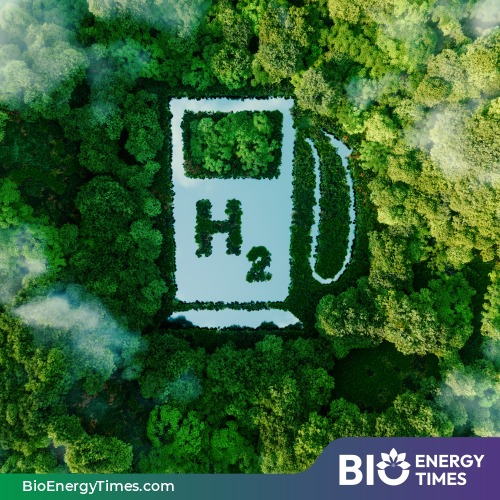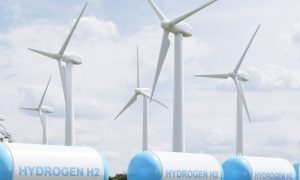Green Hydrogen Revolution: How India’s 15,000 MW Electrolyser Push Will Reshape the Energy Landscape

India is advancing its green energy transition, with a focus on green hydrogen. The country’s plan to install 15,000 MW of electrolyser capacity aims to produce 5 million tonnes of green hydrogen annually by 2030. This initiative supports India’s energy security, economic growth, and climate goals while positioning the nation as a global leader in green hydrogen production.
India is undergoing a green energy transformation, and hydrogen is at the forefront of this shift. The country’s ambitious push to install 15,000 MW of electrolyser capacity signals a bold move to cement its position as a global leader in the production of green hydrogen. This initiative is not just a part of India’s commitment to sustainable energy but also a pathway toward energy security, economic growth, and the reduction of its carbon footprint.
Why Green Hydrogen?
Green hydrogen, produced through electrolysis using renewable energy sources, emits zero carbon dioxide. This clean form of hydrogen is set to become a critical component of the global energy mix. Given India’s growing energy needs and the need to meet climate goals, green hydrogen offers a viable solution to decarbonize sectors like transportation, steel production, fertilizers, and more.
India’s 15,000 MW Electrolyser Push:
1. Massive Capacity Target: India’s goal to install 15,000 MW of electrolyser capacity is a significant leap. Currently, the global installed capacity of green hydrogen electrolysers is about 700 MW, meaning India’s plan represents over 20 times the existing global capacity.
2. Projected Green Hydrogen Production: This capacity, when operational, is expected to produce nearly 5 million tonnes of green hydrogen annually by 2030. This would significantly reduce the country’s reliance on fossil fuels and cut down on greenhouse gas emissions.
3. Supporting the National Hydrogen Mission: Launched in 2021, the National Hydrogen Mission aims to make India a hub for green hydrogen production and export. The 15,000 MW electrolyser push is a cornerstone of this mission, helping India to become one of the largest producers of green hydrogen in the world.
4. Cost Competitiveness: Currently, the cost of green hydrogen is around $5-$6 per kilogram. However, India aims to reduce this to $1-$2 per kilogram by 2030. With innovations in electrolyser technology and the scale of production, achieving this cost reduction will be a game-changer, making green hydrogen more affordable and attractive to various industries. Key Players and InvestmentsSeveral Indian companies are already making significant investments in the green hydrogen space:
Challenges Ahead
Despite the potential, several challenges need to be addressed:
Infrastructure Development: Building the infrastructure to produce, store, and transport green hydrogen is a complex task. Large-scale investments in pipelines, refueling stations, and transportation methods will be needed.
Renewable Energy Availability: Green hydrogen production requires vast amounts of renewable electricity. Ensuring consistent supply from solar and wind farms is essential for the viability of green hydrogen at scale.
Technological Advancements: Electrolysers, the core technology behind green hydrogen production, need to become more efficient and cost-effective. Ongoing innovations in this area will be critical to reducing the overall production costs of hydrogen.
A Greener Future AwaitsIndia’s 15,000 MW electrolyser push is a pivotal step in its green energy journey. By embracing green hydrogen, the country is not only working towards its own energy security and environmental goals but is also positioning itself as a leader in the global clean energy movement. With large-scale projects, technological innovations, and government support, green hydrogen could very well be the key to reshaping India’s energy landscape for a sustainable future.
– Aniruddh Agrawal, Business Development Manager, Airox Nigen

















